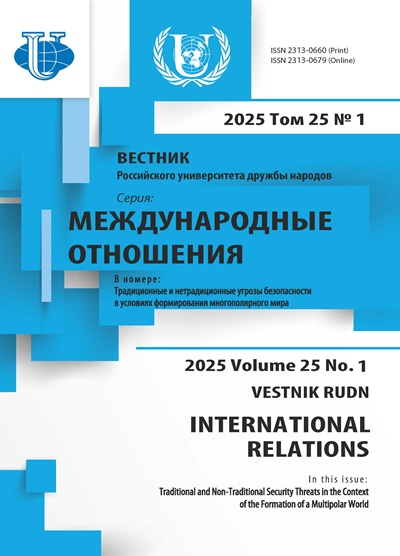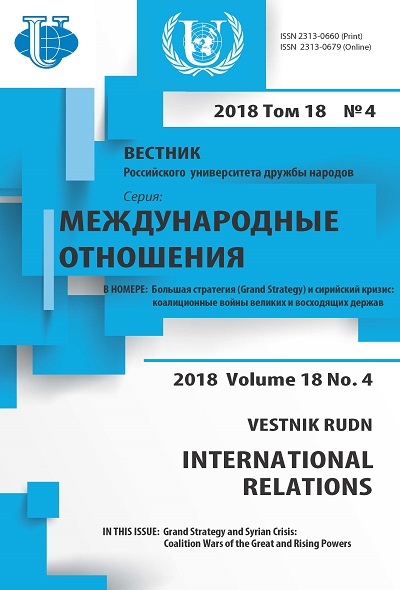Priorities of Russian and Chinese Development Cooperation to Asia and Africa: A Comparative Analysis
- Authors: Degterev D.A.1, Li Y.2, Trusova A.A.1, Cherniaev M.S.1
-
Affiliations:
- Peoples’ Friendship University of Russia (RUDN University)
- Institute of World Economics and Politics, Chinese Academy of Social Sciences
- Issue: Vol 18, No 4 (2018): Grand Strategy and Syrian Crisis: Coalition Wars of the Great and Rising Powers
- Pages: 888-905
- Section: INTERNATIONAL ECONOMIC RELATIONS
- URL: https://journals.rudn.ru/international-relations/article/view/20330
- DOI: https://doi.org/10.22363/2313-0660-2018-18-4-888-905
Cite item











